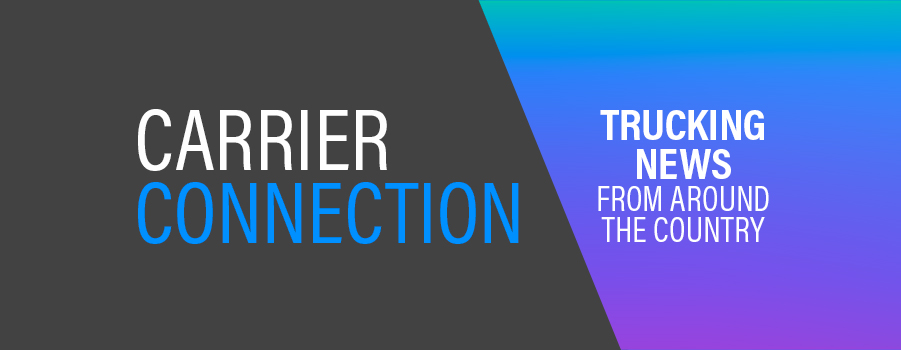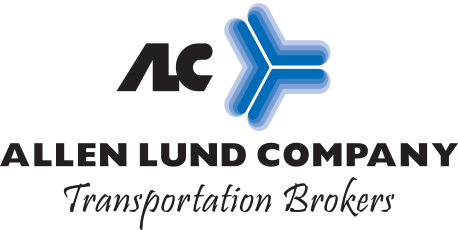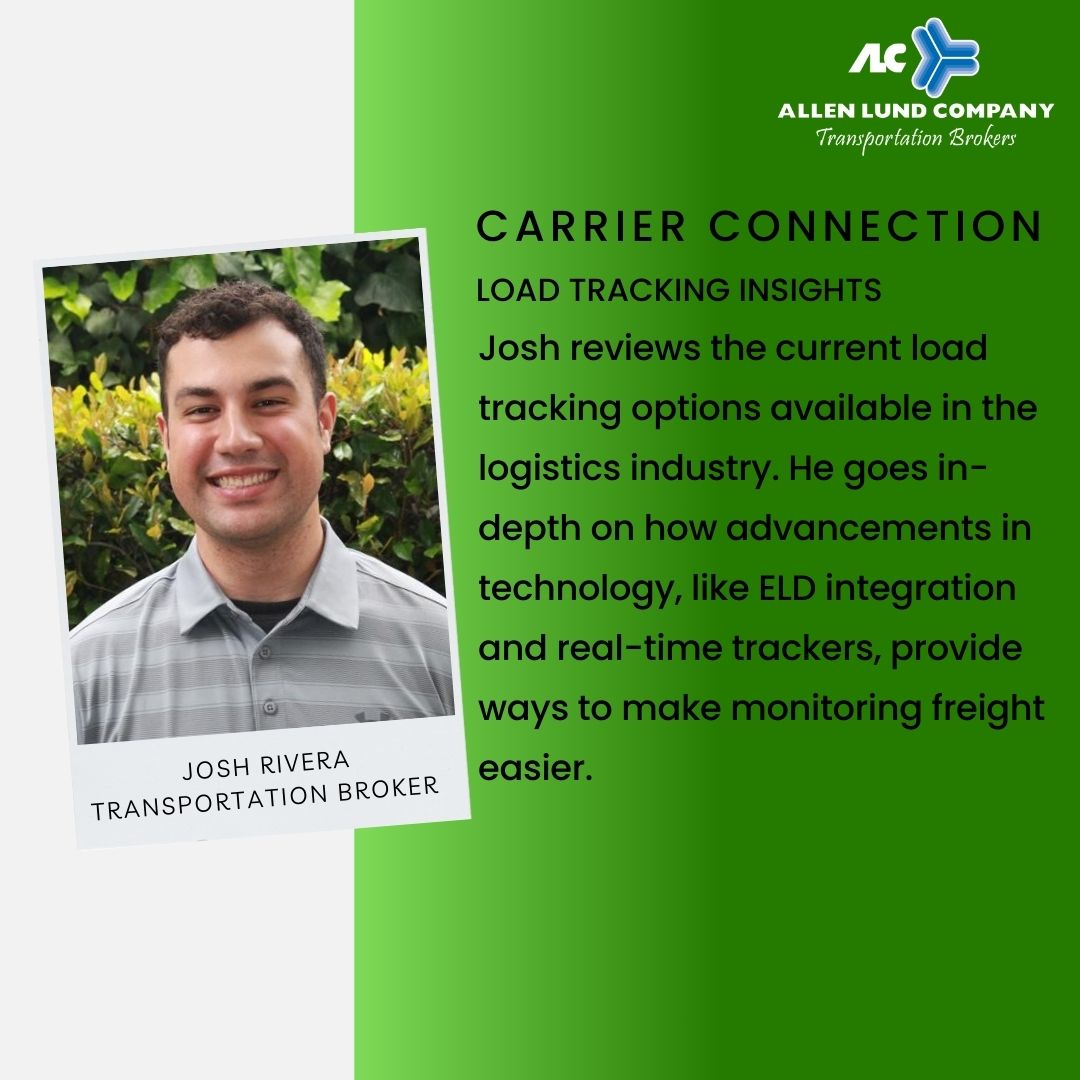
Tracking technology has brought forth a new era of logistics with many customers requiring it to move their freight. From mobile apps to ELD integrations, there are a couple of ways for carriers to meet the customers’ requirements. One of the biggest problems in the tracking world is that there are multiple tracking platforms and every customer seems to require a different one. For carriers who aren’t integrated with these platforms, this forces their drivers to download several different apps and spend time learning to use them correctly. Not only can this be frustrating for the drivers and the brokers who help instruct them, but it is time-consuming and can cause delays.
ELD integration is not perfect, but its problems are easier to resolve compared to the mobile apps. ELD integration provides customers with more reliable tracking. It provides the number of “pings” to hit the super-tracking requirements of shippers. ELD integration also takes the driver out of the equation. The driver doesn’t have to use their phone to track, as the equipment is being tracked.
We encourage carriers to look into setting up integrations with some of the bigger platforms such as FourKites and MacroPoint to make it easier for their drivers to track. This makes it more convenient for them to access load information such as the shipper address and pickup number while also being quicker than dealing with the more time-consuming mobile app.
Another tool available in the industry are real-time trackers made by companies, like Tive, that can be placed in a trailer. They can track various metrics including temperature, light exposure, and humidity. Similar to ELD integration, the idea is to make tracking less cumbersome.
It’ll be a while before tracking will be considered effortless, but we can make positive strides toward it through continuous advancements in technology.
Read the original article here


